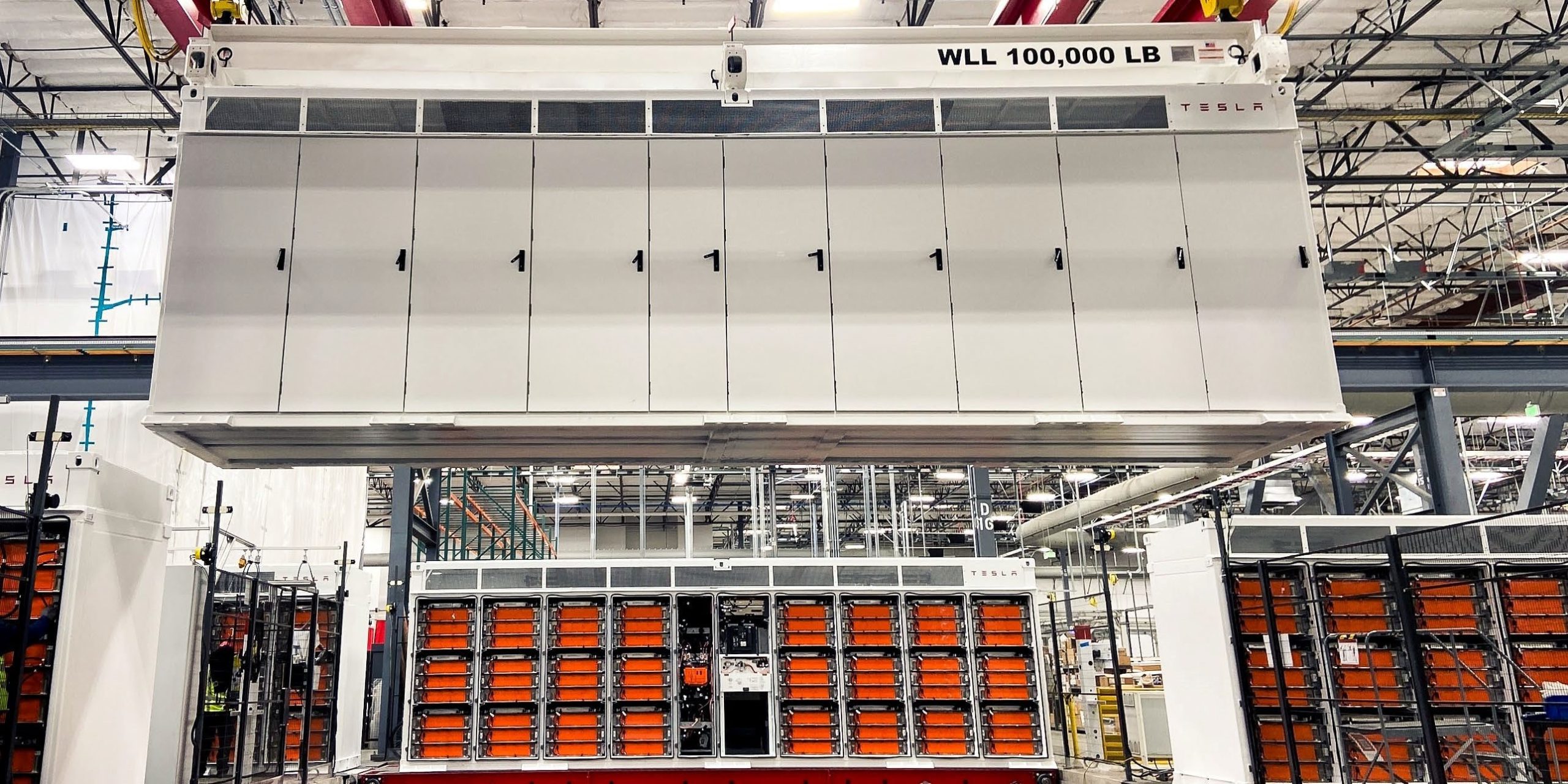In the midst of an election year, the Biden Administration announced significant tariffs on Chinese goods, including electric vehicles (EVs), as part of its trade policy. These tariffs, which increased from 25% to 100%, aimed to restrict the sale of Chinese-made EVs in the United States. While previous tariffs had limited the influx of Chinese EVs, the new measures signaled a more aggressive stance toward trade relations with China.
The tariff increase extended beyond EVs to include steel, aluminum products, Li-ion batteries, battery parts, graphite, and semiconductors. By imposing higher tariffs, the administration aimed to protect domestic industries and address concerns about intellectual property rights and market access.

However, critics warned of potential repercussions, including retaliatory measures from China and adverse effects on American industries. Past experiences with trade disputes underscored the risks of escalating tensions and the potential impact on various sectors of the economy.
Furthermore, the tariffs raised concerns about their impact on consumers, as higher prices for imported goods could lead to increased costs and inflation. Despite the administration’s efforts to mitigate the effects through delayed implementation and exemptions for certain products, the broader implications of the tariffs remained a subject of debate.

